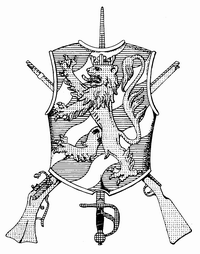
A new Weapon system
from Sweden.
Text and photos by O. Janson
updated 2008-10-10
|
Copyright © 2007, Olof Janson.
All rights reserved.
No picture or portion
of
this publication may be reproduced, or supplied in any format
without prior written permission. |
| A new weapon system from Sweden. |
| The cartridge - 6.5x25 CBJ. |
| The Weapon system - CBJ MS |
|
How
to
field strip the CBJ
MS
NEW
|
| A NEW CARTRIDGE - 6.5x25 CBJ |
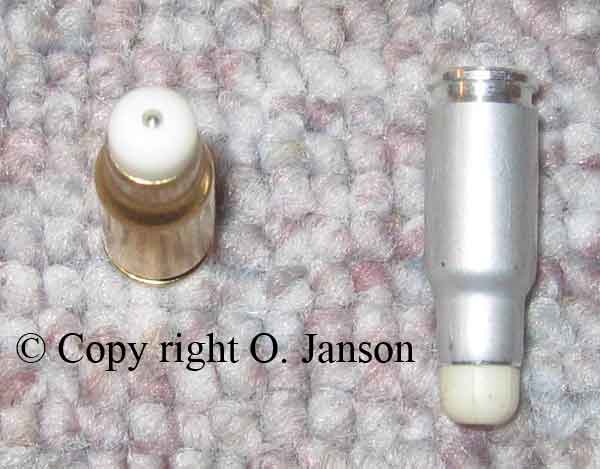 |
|
6.5x25 CBJ cartridge
Note the tungsten projectile in the middle of the plastic sabot |
|
There were several criterions considered while developing the 6.5x25 CBJ cartridge. The two most important were:
Other criteria were: · One and the same projectile for all hard and soft targets in military combat situations. · To keep the outer dimensions similar to 9x19 mm Parabellum. · To keep the recoil similar to 9x19 mm Parabellum.
One of the first demands, when this cartridge was designed, was to give it unmatched penetrating power. This demand became true. It is quite able to defeat existing body armours according to the NATO CRISAT standard as well as future body armours and it is also effective against lightly armoured vehicles like APC (Armoured Personal Carriers) and helicopters. To accomplish this, a high impact velocity for the projectile is needed. Another factor is a projectile that doesn’t deform or split upon impact. Thirdly a high ratio of mass to cross section is needed. |
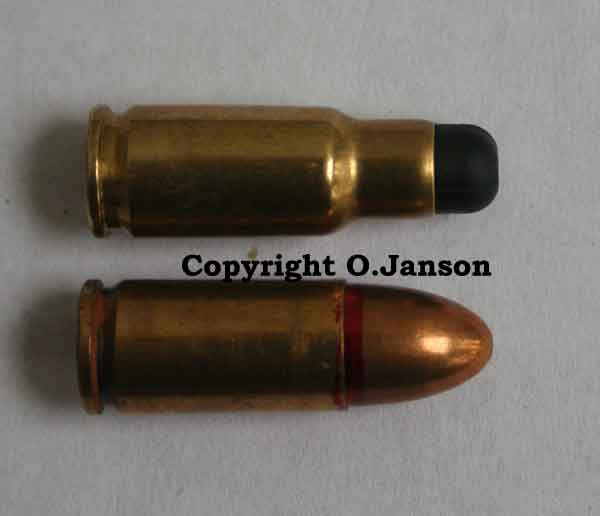 |
The cartridge on top is 6.5x25 CBJ (Authors collection)
Total length of both is 29.7 mm
The cartridge below is 9x19 mm Parabellum |
6.5x25 CBJ Cartridge types.There are two main alternatives for military combat purpose. 6.5x25 CBJ - The standard cartridge. This is the standard cartridge. It is made up of a necked case of brass or aluminium. The projectile is made of a plastic sabot surrounding a 4 mm tungsten projectile. When the projectile leaves the barrel the sabot leaves the tungsten core which continues on its way to the target alone. This core has a diameter of 4 mm (0.16 inches) and weights 2 grams (31 grains). The benefit of this is less resistance from the air but high density and high retained velocity of the projectile. Another positive side affect is the low level of wear and fouling on the barrel. This technology uses the same principal which is used by tanks in modern warfare and in advanced high tech .50 and 7.62 caliber ammunition, but in both cases in a much different scale. However it is NOT to be considered as special armour piercing cartridge, but standard ammunition with armour piercing capacity as a bonus! The muzzle velocity is 830 m/s (2723 feet/s) from a 200 mm (7.9 inches) barrel like a submachine gun!! |
|
|
This is one of the used 6.5x25 CBJ cases with a sabot which has been shot. You can see the projectile and how it works in ballistic soap here >>>
(Authors collection) |
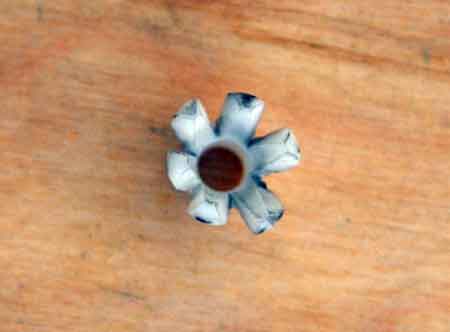 |
 |
|
The sabot from the front. |
The sabot from the side. |
|
Note the black grime. The plastic sabot has a cleaning effect on the barrel between each shot fired! |
|
|
You can see the projectile and how it works in ballistic soap here >>> |
|
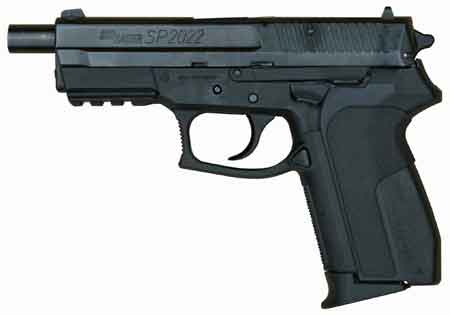 |
Most 9 mm Parabellum pistols and Submachine guns can be
re-barrelled and used with the 6.5x25
CBJ ammunition.
Here you can see a SIG SAUER SP 2022 |
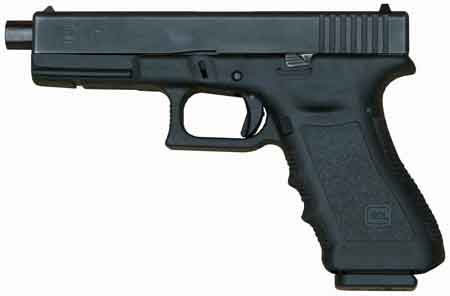 |
Here you can see a Glock 17 in 6.5x25 CBJ |
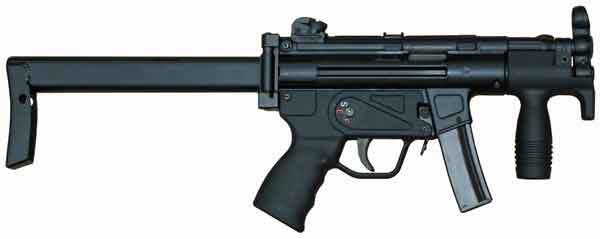 |
The MP5 short |
|
It is also possible to shoot this ammunition in a pistol with almost the same devastating effect for the target. 125 mm (5 inches) Pistol barrel gives a very high muzzle velocity: Vo=780 m/s (2560 feet/s)!! This results in a flat trajectory, long combat ranges and effective penetration. Other benefits are high hit probability, high impact velocity, and high energy transfer to the target. 6.5x25 CBJ ST Another military option is the Spoon Tip cartridge. It’s the same like the above but the tungsten projectile has a spoon tip. The spoon tip does not affect the precision or the penetration capacities. The spoon tip increases the energy transfer to soft targets even at long range with lower impact velocities. |
|
Performance of the cartridge One way to test the performance of the cartridge is to shoot at a target called “NATO Protected Man”. (See picture) |
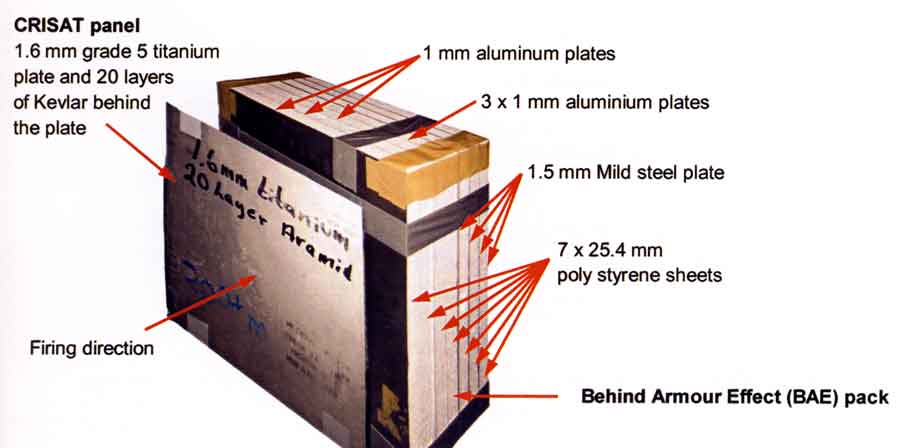 |
|
“NATO Protected Man” The
target “NATO Protected Man”, with CRISAT panel combined with a BAE (Behind Armour Effect)
pack to assess the behind armour effect, was used to test the
performance of the 6.5x25 CBJ cartridge at a distance of 230 m. As a comparison I could mention that a standard projectile from 5.56 mm NATO typically breaks up and stops in the middle of the BAE pack. |
 |
The CRISAT package:
|
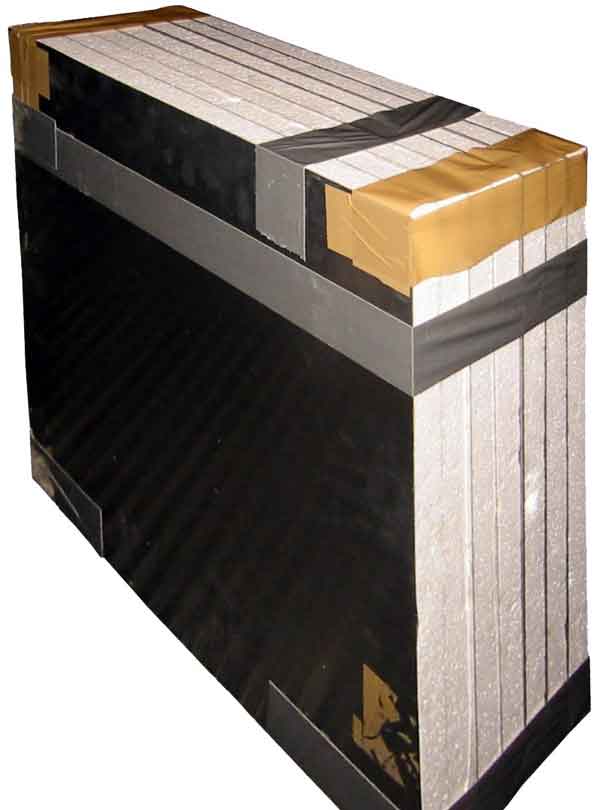 |
BAE (Behind Armour Effect) package before shooting.
|
|
Shooting at armoured steel plates. |
|
Another way of testing performance is to shoot at hard targets, such as different armour plates to compare the 6.5x25 CBJ to other types of ammunition like standard 5.56 mm NATO and 7.62 mm NATO ammunition. |
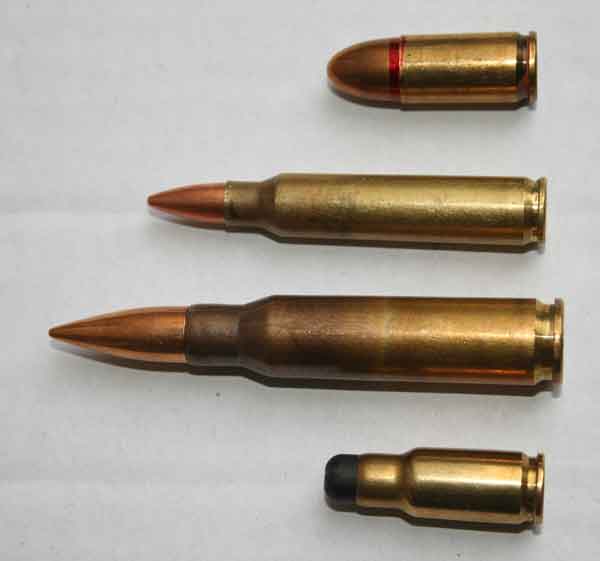 |
From top to bottom 9x19 mm Parabellum standard ball 5.56 NATO standard ball 7.62 NATO standard 6.5x25 CBJ © 2007, Olof Janson |
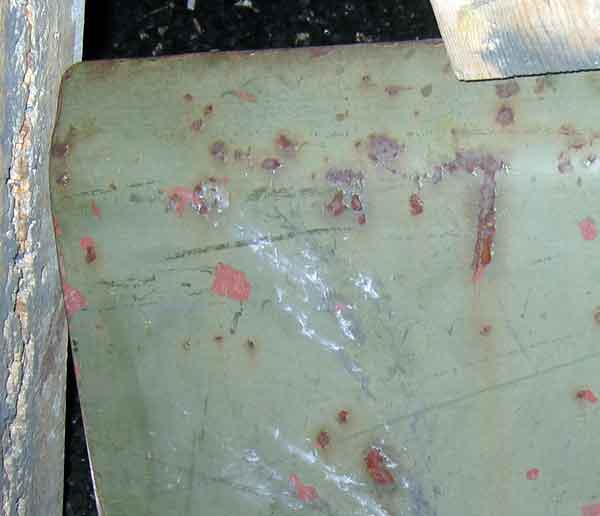 |
We shot at armoured steel with standard 6.5x25 CBJ ammunition.
This is the steel before the shot |
 |
And after !!!! |
|
Here is standard 6.5x25 CBJ compared to 5.56 NATO and 7.62 NATO ball ammunition |
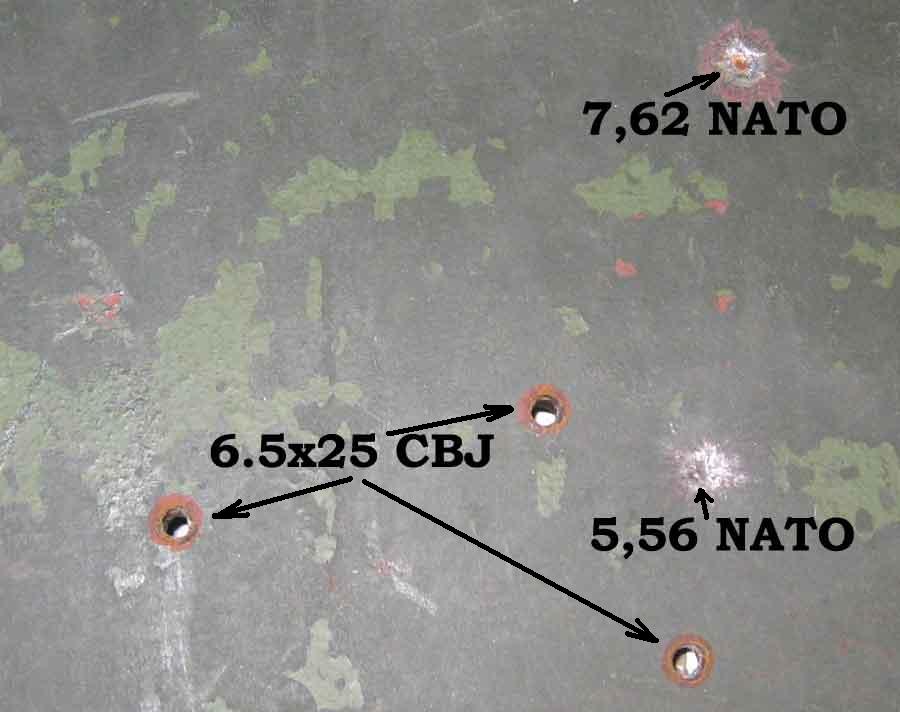 |
|
To
really test the armour piercing performance of the 6.5x25 CBJ
cartridge a steel plate from
Beside the standard 6.5x25 CBJ, we also used the standard ball 5.56
NATO As you can see on the picture, the 6.5x25 CBJ projectile (all three) has fully penetrated the plate. The standard ball ammunition of the NATO calibres 5.56 AND 7.62 failed to penetrate the plate! |
|
Energy transfer
|
|
A way to test energy transfer to soft targets is to shoot at a block ballistic soap. The pictures below says more than a thousand words. |
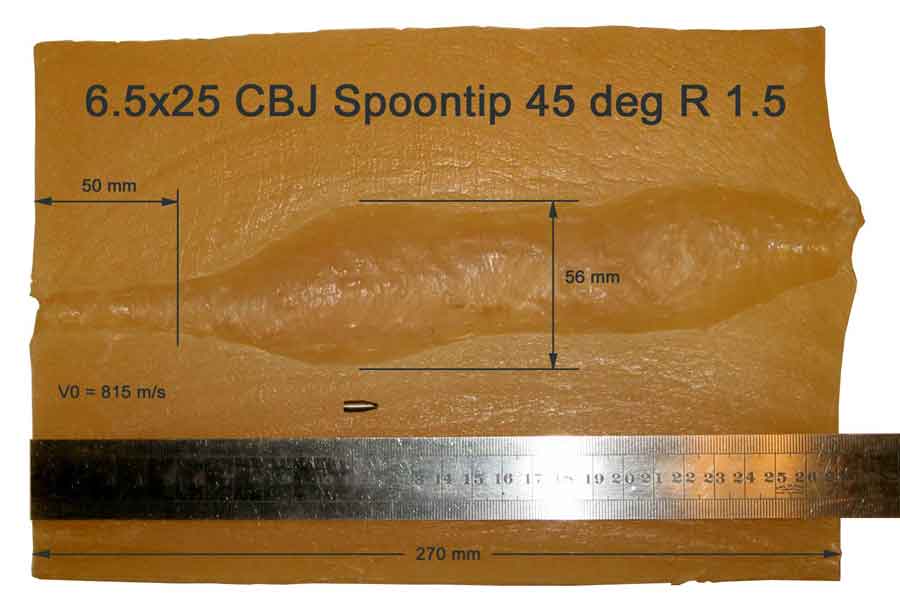 |
|
Picture of the Ballistic soap shot at with 6.5x25 CBJ ST.
In both
pictures the bullet has come from the left and left the soap to the
right.
Below is the result with standard 5.56 mm NATO in Ballistic soap. |
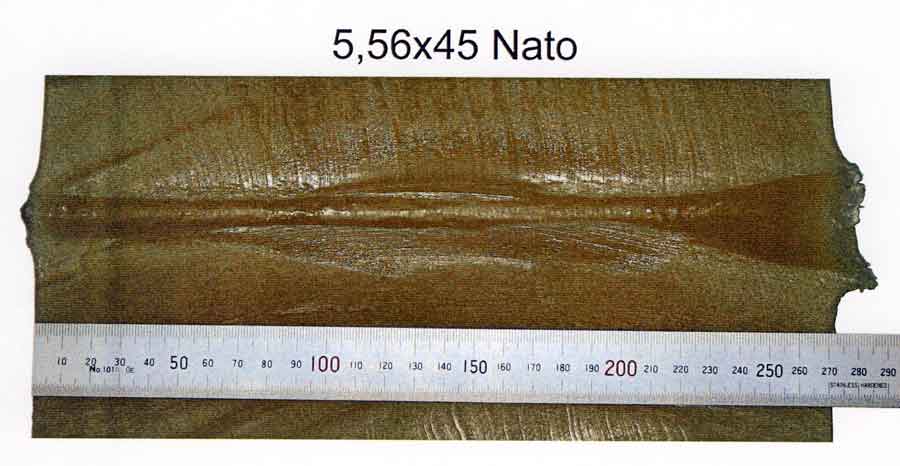 |
|
All this performance comes from a cartridge with outer dimensions similar to or less than 9x19 mm Parabellum. Everybody who has fired a 9 mm Para submachine gun of well functional design, for example the H&K MP5, in full auto knows how easy it is to control. This gun is one of the best I have ever fired in full auto. |
Different types of cartridges - 6.5x25 CBJ.
|
Now there is a wide range of special cartridges within the 6.5x25 CBJ family different users and purposes such as military, police, special operations and training purposes. None of the cartridges contain any toxic materials. |
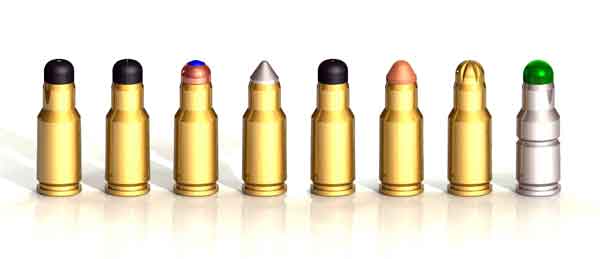 |
On the picture you can see from left to right:
|
|
6.5x25 CBJ and 6.5x25 CBJ ST (Spoon Tip) I have mentioned before. 6.5x25 CBJ HET stands for High Energy Transfer. It is intended for ordinary police services and for use in extreme situations when high shock and little penetration are desired like inside airplanes. The bullet gives low risk for ricochet. 6.5x25 CBJ Subsonic AP. AP stands for Armour Piercing. It is intended for use with silencers and sound suppressors in special military and police operations. The muzzle velocity is below the speed of sound. 6.5x25 CBJ TRP stands for Training Reduced Penetration. It is intended for training purposes. The projectile looks similar to the 6.5x25 CBJ and has the same trajectory as the 6.5x25 CBJ, but lacks the full penetration capacity which is very positive for the wear on the training facilities. 6.5x25 CBJ Frangible It is intended for short range training. The projectile has no practical penetration capacity and completely disintegrates when hitting a hard target causing no ricochets. 6.5x25 CBJ Blank. This is a conventional blank cartridge, which demands a blank firing device to operate in full auto. 6.5x25 CBJ Drill. This cartridge is an inert dummy cartridge for training and drill purposes. |
| Speed loading system |
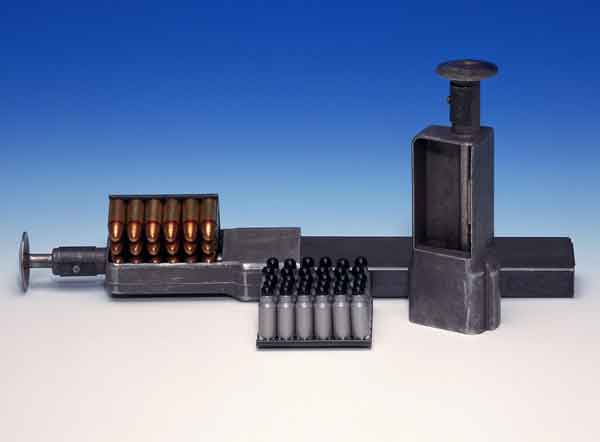 |
| 30 rounds clip with 6.5x25 CBJ |
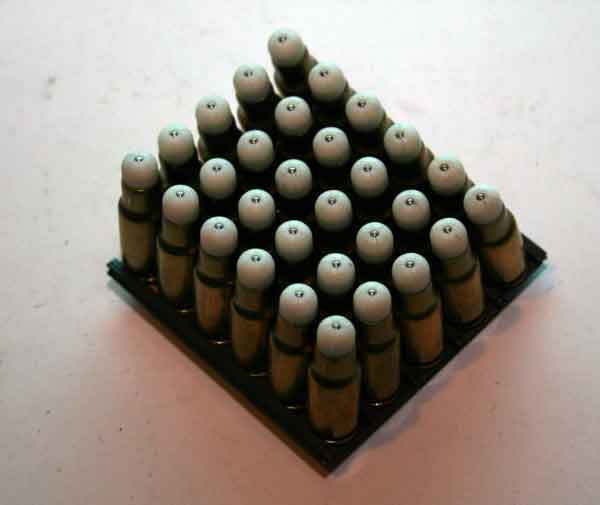 |
|
Filling a 30 round magazine is easily done under 5 seconds with this speedloader! |
|
|
The 6.5x25 CBJ is combined with the Carl Gustaf submachine type magazines used in the gun CBJ MS. It has been proven that there are no better 9x19 mm Parabellum magazines in the world! The magazines can be used with the equally very famous and very fast speed-loading system used by the Swedish submachine gun. The cartridges can be delivered in clips of 30 rounds for ultra rapid refilling. This device can be used with both 6.5x25 CBJ and 9 mm Parabellum. |
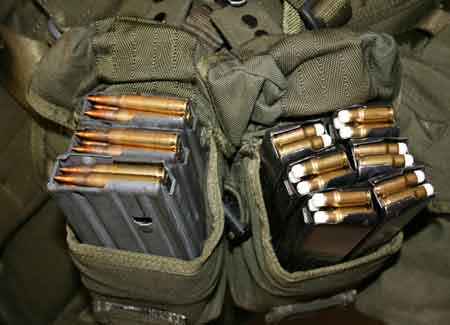 |
In a pouch designed for 5.56 NATO magazines, twice as many magazines and rounds of the 6.5x25 CBJ can be stored. |
 |
If a soldier uses a typical 7.62 NATO Assault rifle with 100 rounds in magazines, it weights about 8.4 kg. If a soldier uses a 5.56 Assault rifle, he can carry up to three times more ammunition (300 rounds) at the same weight. If a soldier uses the new CBJ MS gun he can carry up to 900 rounds at the same weight and with 6.5x25 CBJ with aluminium cases up to 1 200 rounds! |
|
This is the military logisticians delight! Only three calibres for the battlefield:
|
| 6.5x25 CBJ Specifications | ||
| Case weight, g | 4.5 | |
| Cartridge weight, g | 7.5 | |
| Projectile Diameter, mm | 4.0 | |
| Projectile weight, g | 2.0 | |
| Impuls, kgm/s | (200 mm barrel) | 3.1 |
| Vo, m/s | (200 mm barrel) | 830 |
| Eo, J | (200 mm barrel) | 689 |
|
References: |
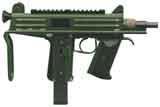 |
A new weapon system from Sweden. |
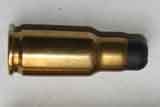 |
|
 |
TESTS WITH BALLISTIC GELATINE |
 |
|
 |